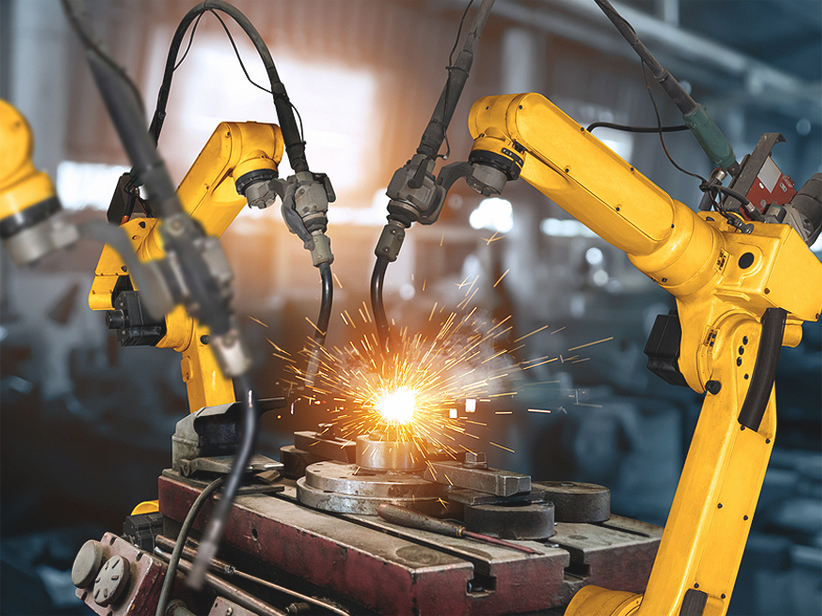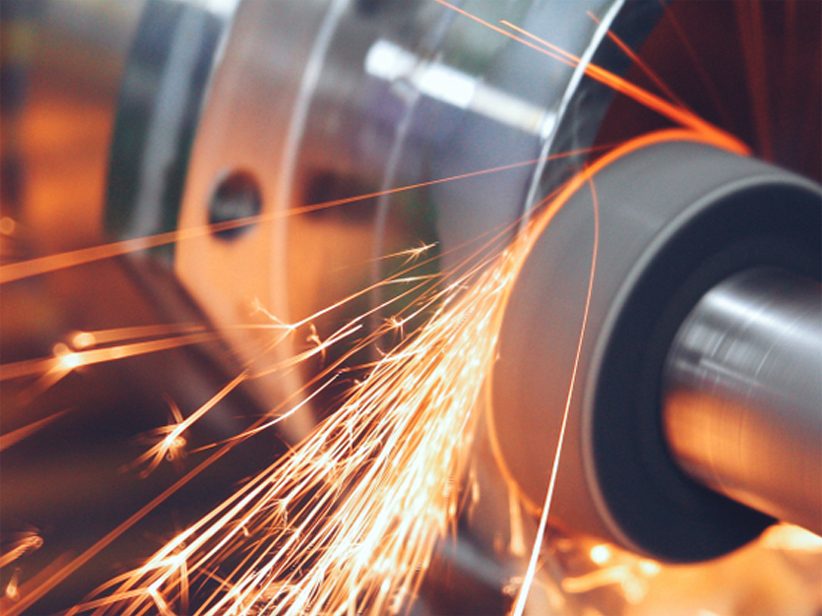Stainless Steel - Grade 440B / 1.4112
Description
Stainless Steel Grade 440B / 1.4112 is a high-carbon martensitic stainless steel known for its high hardness and excellent wear resistance. It is widely used in applications that require strength and resistance to wear and abrasion. 440B offers a balance between toughness and hardness, making it suitable for demanding applications. It is often used in components where superior mechanical properties and resistance to wear are critical.
Chemical Composition
The typical chemical composition of Grade 434 is as follows:
- Chromium (Cr): 17.0 - 19.0%
- Nickel (Ni): ≤ 0.75%
- Manganese (Mn): ≤ 1.0%
- Silicon (Si): ≤ 1.00%
- Carbon (C): 0.75 - 0.95%
- Phosphorus (P): ≤ 0.040%
- Sulfur (S): ≤ 0.030%
Send Enquiry
Mechanical Properties
- Tensile Strength: 750 - 950 MPa (110 - 140 ksi)
- Yield Strength: 500 - 750 MPa (73 - 109 ksi)
- Elongation: ≥ 10% in 50 mm (2 in)
- Hardness: 56 - 60 HRC (Rockwell Hardness Scale)
- Impact Toughness: Moderate, decreases with increased hardness
Thermal & Physical Properties
The thermal and physical properties include:
- Density: 7.75 g/cm³ (0.28 lb/in³)
- Melting Point: Approx. 1400 - 1450°C (2552 - 2642°F)
- Thermal Conductivity: 25.4 W/m•K (17.6 BTU•in/h•ft²•°F)
- Specific Heat Capacity: 0.460 J/g•K (0.11 BTU/lb•°F)
- Electrical Resistivity: 600 µΩ•cm at 20°C
- Thermal Expansion: 11.0 µm/m•K (6.1 µin/in•°F)
Other Designations
- UNS: S44003
- DIN: 1.4112
- AISI: 440B
- JIS: SUS 440B
Fabrication and Heat Treatment
- Annealing: Heat to 870 - 900°C (1600 - 1650°F), followed by air cooling to relieve stresses and improve machinability.
- Quenching: Heat to 1040 - 1065°C (1900 - 1950°F) and quench in oil or air to achieve high hardness.
- Tempering: After quenching, temper at 150 - 200°C (300 - 390°F) to reduce brittleness and enhance toughness.
- Machining: Can be machined with standard techniques; however, care should be taken to manage tool wear due to high hardness.
Applications
- Cutting Tools: Manufacturing of knives, blades, and other cutting tools.
- Bearings: High-performance bearings in harsh environments.
- Valves and Pumps: Components in oil and gas, and other industries requiring wear resistance.
- Surgical Instruments: Instruments that require high hardness and sharpness.
- Fasteners: High-strength bolts, screws, and other fasteners in demanding applications.
Supplied Forms
- Bars: Round, square, and hexagonal bars
- Rod: Solid rods of various diameters
- Custom Shapes: Machined to specific designs as required
Features
- High Hardness: Achieves a hardness of up to 60 HRC, providing exceptional wear resistance.
- Corrosion Resistance: Good resistance to corrosion, though less than 316 stainless steel.
- Wear Resistance: Excellent resistance to wear and abrasion, ideal for high-wear applications.
- Toughness: Balances hardness with toughness, suitable for components subject to mechanical stress.
- Polishability: Can be polished to a high finish for aesthetic applications.






